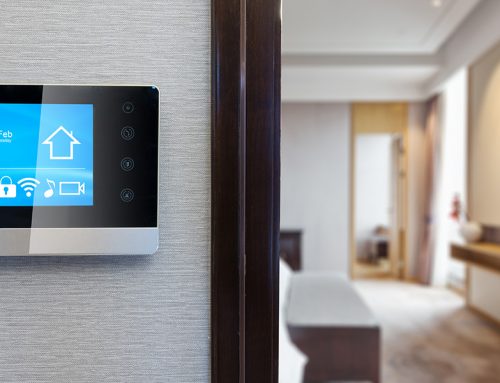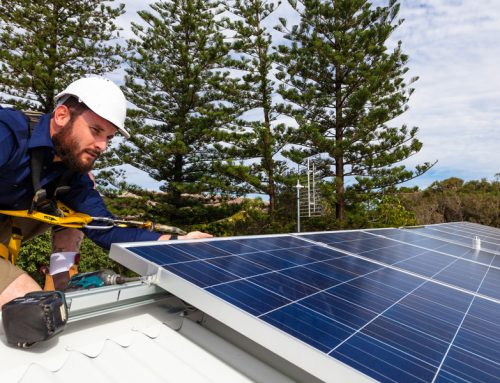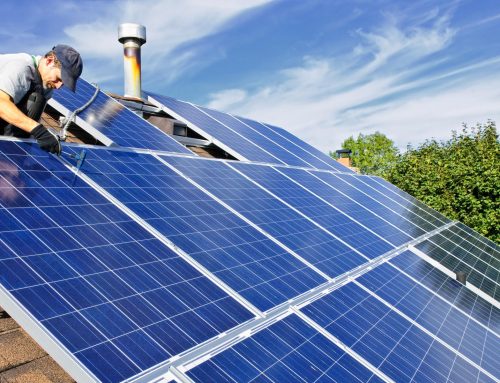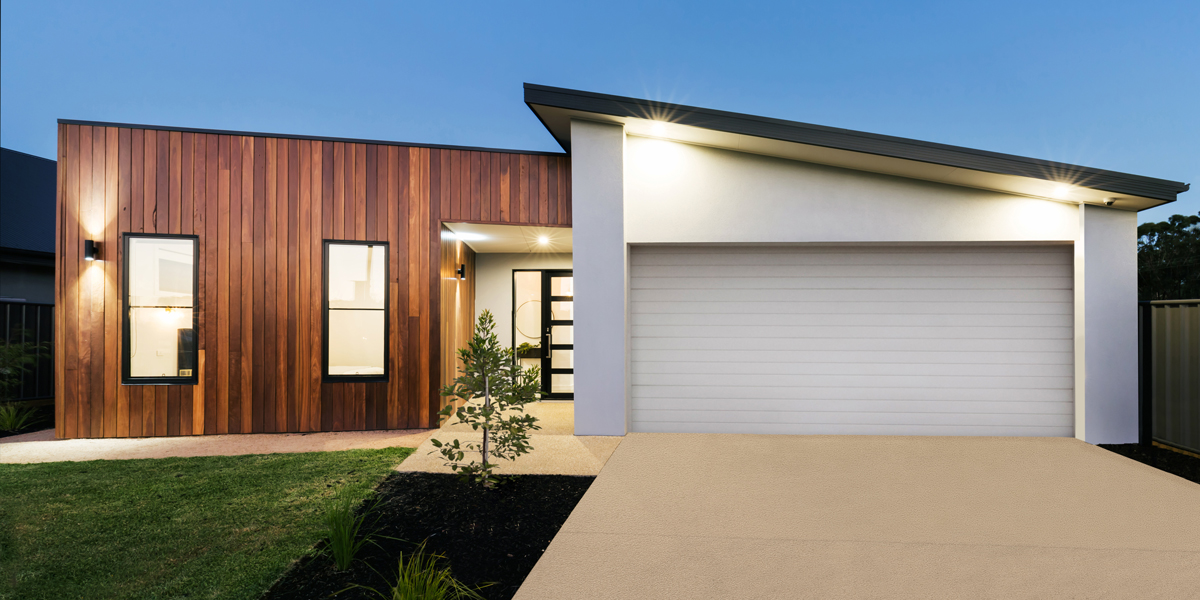 If you’re looking to reap the financial and environmental benefits of living in an eco-friendly green home, then consider building from scratch. A new home lets you add energy-saving features at a significantly lower cost than if you renovated an older home.
If you’re looking to reap the financial and environmental benefits of living in an eco-friendly green home, then consider building from scratch. A new home lets you add energy-saving features at a significantly lower cost than if you renovated an older home.
Eco-friendly green home
An eco-friendly green home will be designed around solar heating. It will also involve orienting the house and as many windows as practical north. The kitchen should be east-facing with the living areas west-facing. This will decrease the need for you to use appliances to heat or cool your home.
Builderscrack has professional tradespeople available to advise and provide you with eco-friendly green home solutions. Read more on what to consider when building your eco-friendly home.
Insulation
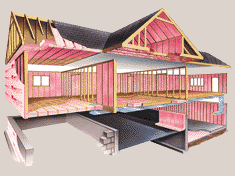 If your insulation is being installed under the Heat Smart program, then you know that the insulation you are getting is the right thickness for your location and situation and meets both EECA’s requirements and any applicable standards.
If your insulation is being installed under the Heat Smart program, then you know that the insulation you are getting is the right thickness for your location and situation and meets both EECA’s requirements and any applicable standards.
Insulation options include glasswool, polyester, aluminium foil, wool, polystyrene, polyester, cellulose fibre, fibreglass and more. Get quotes from and hire a professional insulation installer via Builderscrack.
Double (or triple!) glazing
 Kiwi’s love eco-friendly green homes with huge bay windows and conservatories to bring the sun’s warmth and daylight into our homes. Opt for double glazing so you don’t lose heat in the winter.
Kiwi’s love eco-friendly green homes with huge bay windows and conservatories to bring the sun’s warmth and daylight into our homes. Opt for double glazing so you don’t lose heat in the winter.
Choosing double or even triple glazing or special energy-efficient glass, but don’t make your home so hot that in the summer you need to run air conditioning 24/7!
Once your house is well insulated, then the biggest remaining source of heat loss is through windows and skylights. So it’s worth investing in properly sized windows with well-fitting thermal curtains.
New Zealand’s harsh UV rays can damage blinds, drapes and furnishings over time, but double glazing protects your home by reducing UV ray penetration. Talk to glaziers and builders via Builderscrack for more information.
Consider water when building an eco-friendly green home
 The most important thing is good communication with your plumber.
The most important thing is good communication with your plumber.
Choose a licenced plumber via Builderscrack and get them involved early on by asking them to design the entire system, including fixtures, alongside you and your architect.
When building a new home, plan your plumbing system carefully to use water efficiently. Low-flow shower heads and taps are a great idea. But you can also save water by thinking ahead during the installation stage.
The location of the hot-water cylinder is important. Shorten the distance between the cylinder and the point of use. Insulating the hot-water pipes will also help to save energy. Alternatively, consider an on-demand hot water cylinder.
Building materials
 There are lots of products on the market today all claiming to be green or eco-friendly. This includes windows, paints, carpets to name a few, and it’s not always easy to know if they live up to their sustainability claims.
There are lots of products on the market today all claiming to be green or eco-friendly. This includes windows, paints, carpets to name a few, and it’s not always easy to know if they live up to their sustainability claims.
Research the company and their products online and wherever possible verify any claims they make.
Make sure timber or wood products come from renewable forests wherever possible. Ask your suppliers about their purchasing policies.
Choosing the right professionals
For your protection, select a licensed building practitioner (LBP) and ensure any quotes and agreements are in writing.
Other useful articles
- The Builderscrack.co.nz Guide to Finding a Skilled Tradesperson
- Do I need a Project Manager or a Builder? Builderscrack helps you decide!
- Tips for heating a New Zealand home in Winter from Builderscrack
 A sustainable home will minimise its impact on the natural environment, by carefully choosing eco-friendly materials, as well as water and energy-efficient appliances. Post a job on Builderscrack today and start working on your eco-friendly dream home.
A sustainable home will minimise its impact on the natural environment, by carefully choosing eco-friendly materials, as well as water and energy-efficient appliances. Post a job on Builderscrack today and start working on your eco-friendly dream home.
